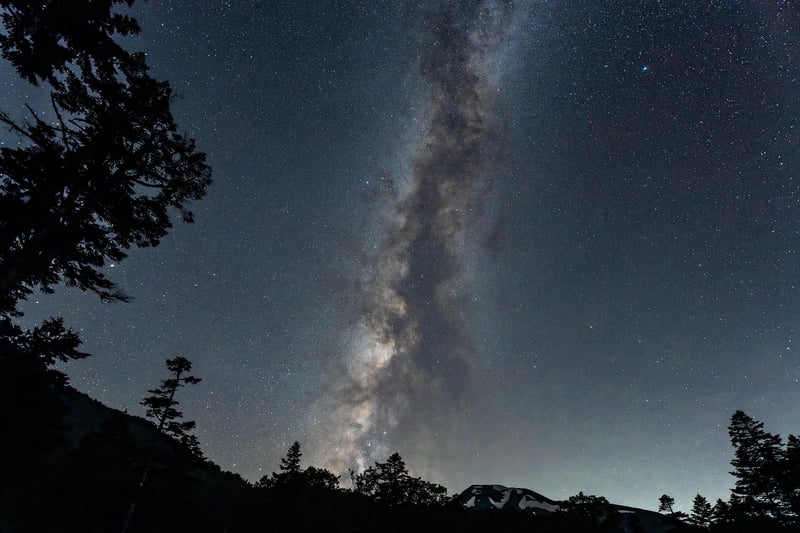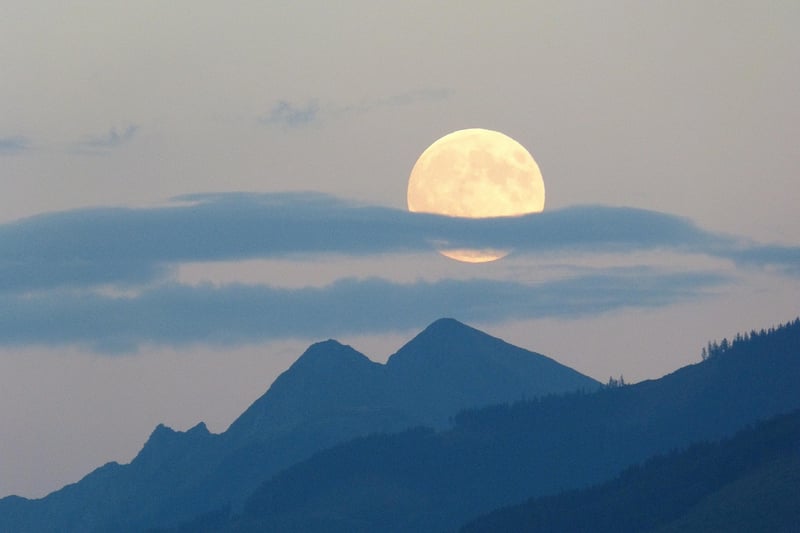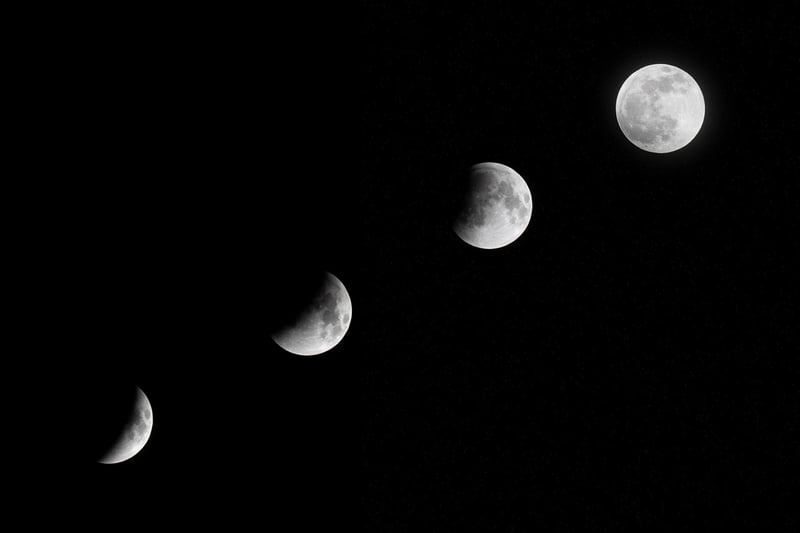Orbiting Moons
Exploring Distant Galaxies and Orbiting Moons
Introduction
Have you ever looked up at the night sky and wondered about the vastness of the universe? From distant galaxies to orbiting moons, the cosmos is a fascinating place full of wonders waiting to be explored. Let's dive into the beauty and mysteries of these celestial bodies.
Distant Galaxies
Galaxies are massive systems containing stars, stellar remnants, gas, dust, and dark matter, all held together by gravity. There are billions of galaxies in the observable universe, each with its unique shape and characteristics.
Image credit: Barred Spiral Galaxy

Exploration of Galaxies
Scientists use powerful telescopes like the Hubble Space Telescope to study galaxies and unravel their secrets. By observing different wavelengths of light, astronomers can learn about the age, composition, and movement of galaxies.
Orbiting Moons
Moons are natural satellites that orbit planets in our solar system and beyond. They come in various sizes and play a crucial role in shaping the dynamics of their parent planets.
Image credit: Full Moon

Significance of Moons
Moons can influence tides, stabilize the tilt of a planet's axis, and even provide habitats for potential extraterrestrial life. Some moons, like Europa and Enceladus, have subsurface oceans that could harbor life.
Conclusion
Exploring distant galaxies and orbiting moons opens up a world of possibilities and sparks our imagination about the vastness of the cosmos. Whether studying far-off galaxies or contemplating the mysteries of moons, the universe continues to amaze us with its beauty and complexity.
